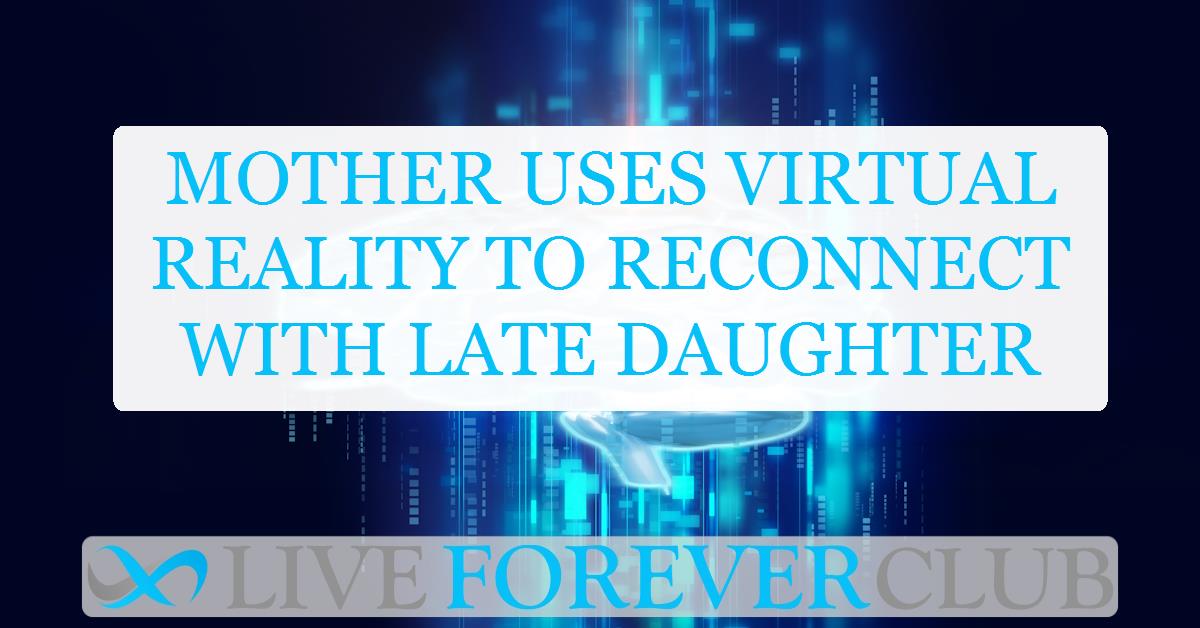Key points from article :
In 2016, Jang Ji-sung from South Korea reconnected with her deceased daughter Nayeon through virtual reality (VR) for a documentary project. Using motion capture, experts recreated Nayeon in VR, allowing Jang to experience moments of walking, talking, and playing with her digital child. This emotional experiment illustrates how technology may shape our approach to loss and remembrance.
Interest in digital immortality isn't new. Since the 1960s, concepts like cryonics, the process of freezing bodies for possible future revival, have fascinated people. However, no scientific breakthroughs currently support reviving the dead. John Troyer, director of the Centre for Death and Society, notes that efforts to upload consciousness are speculative and lack scientific proof.
Some individuals, like Eugenia Kuyda, have explored digital legacy through artificial intelligence. Kuyda created a chatbot based on messages from her late friend Roman, simulating a conversation with him. Though comforting, the chatbot couldn’t evolve or represent Roman’s changing personality. Similarly, Nectome, a controversial startup, proposed preserving brains to one day extract memories. However, ethical concerns and limitations led to MIT ending their collaboration with the company.
In Japan, Professor Hiroshi Ishiguro from Osaka University has developed lifelike robots, including a replica of himself. Although Ishiguro’s robot can mimic his speech and gestures, it lacks consciousness, showing the limits of replicating human identity. Ishiguro foresees future advancements in brain-computer interfaces that could blur boundaries between human memory and machines, though he cautions this won’t fully duplicate human consciousness.
Overall, while technology advances ways to digitally preserve memories and behavior, true human consciousness remains beyond our grasp, raising profound ethical questions about identity, memory, and the nature of life after death.





